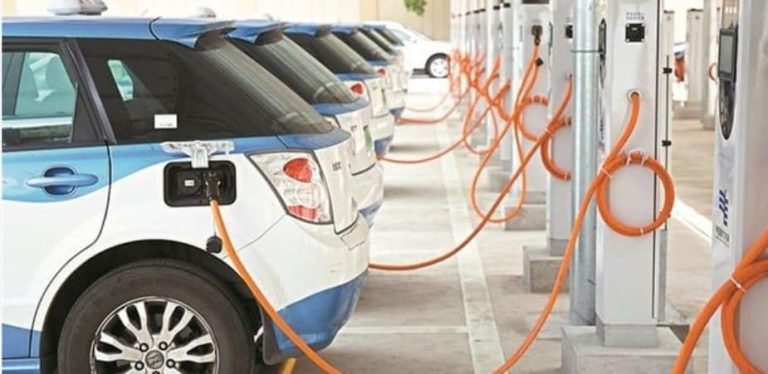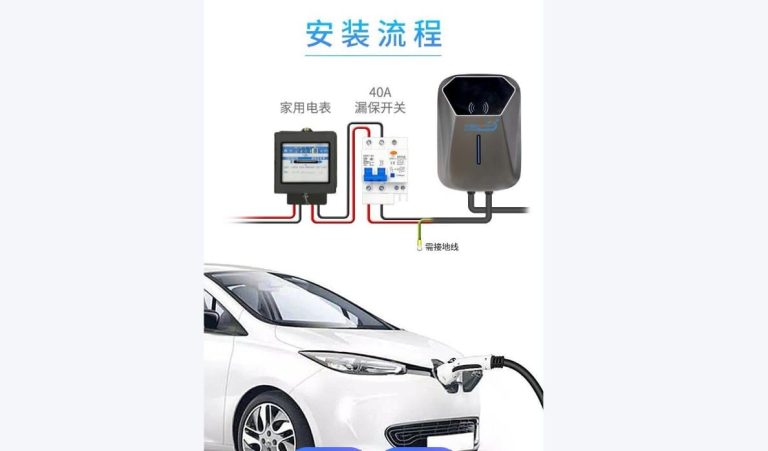How to pay for ev charging?

How to Pay for EV Charging?
Paying for electric vehicle (EV) charging is simpler than many people think, thanks to a variety of flexible and user-friendly payment methods. Whether you’re charging at home or using public stations, there are options to suit every preference and lifestyle. Below, we explore these methods in detail to help you understand how to seamlessly pay for your EV charging needs.
Home Charger Payment Methods
When it comes to charging your EV at home, the process is straightforward and similar to paying your regular electricity bill. Most homeowners use a dedicated home charger, which draws power from your household electricity supply. The payment methods for home charging are designed for convenience and reliability.
One common way to pay is through online platforms. You can log in to your local power company’s website or use their dedicated mobile app, such as “State Grid Online” in some regions. After entering your account details, you can easily pay your bill using a credit card, debit card, or digital wallet. This method is popular because it saves time and can be done from anywhere, at any time.
Another option is bank autopay. By signing an agreement with your bank, your electricity bill will be automatically deducted from your designated account each month. To set this up, you’ll need to provide your identity and electricity account information to the bank. This hassle-free method ensures you never miss a payment.
For those who prefer traditional payment methods, offline payment is also available. You can visit your local power utility office and pay in cash, by card, or even by check. While this method may take more time and effort, it remains a reliable choice for many.
Public Charger Payment Methods
Public charging stations offer even more flexibility when it comes to payment. These stations are equipped with advanced chargers that support multiple payment options, making it easy for EV drivers to power up on the go.
Many public chargers are operated by specific companies, and the most common way to pay is through their dedicated apps. For example, apps like Tesla Supercharger, Electrify America, or EVgo allow users to register, link their vehicle and payment information, and easily initiate charging sessions. When you arrive at a charging station, you can scan the QR code on the charger or enter the charger’s ID number into the app. After selecting the desired charger and connector, the session begins, and payment is processed automatically once charging is complete.
In addition to dedicated apps, many public chargers support popular online payment platforms like Apple Pay, Google Pay, Alipay, or WeChat Pay. These options are often integrated directly into the charger’s interface. To use them, simply select your preferred payment method on the screen, scan the QR code, or enter your account details. This method is ideal for those who prefer using familiar digital wallets.
Some charging stations also offer card-based payments. For instance, certain networks provide specialized charging cards that users can preload with funds. When you tap the card against the charger, the payment is deducted automatically. Alternatively, many chargers accept credit or debit cards directly, allowing you to swipe or tap your card to start charging. This is a great option for those who prefer not to use their smartphones for payments.
Prepaid accounts are another convenient choice. Many charging operators allow users to create an account and preload it with funds. When you use a charger, the cost of the session is deducted from your balance. If there’s any leftover amount after charging, it is usually refunded to your account or original payment method. This approach helps users manage their charging expenses more effectively.
Finally, some newer charging networks now offer “charge now, pay later” services. By partnering with credit systems like Sesame Credit or WeChat Pay Score, these operators allow eligible users to start charging without any upfront payment. Once the session is over, the amount is automatically billed to their linked account. This method is perfect for those who want maximum flexibility without the need for preloading funds.
Conclusion
With the rapid growth of EV adoption, paying for charging has never been easier. Whether you’re using a home charger or public infrastructure, there’s a payment method to match your needs. From online payments and autopay to card-based and app-based solutions, the options are designed for convenience and accessibility. As charging technology continues to evolve, we can expect even more innovative payment methods to emerge, making the EV experience smoother and more enjoyable for everyone.




































































































































